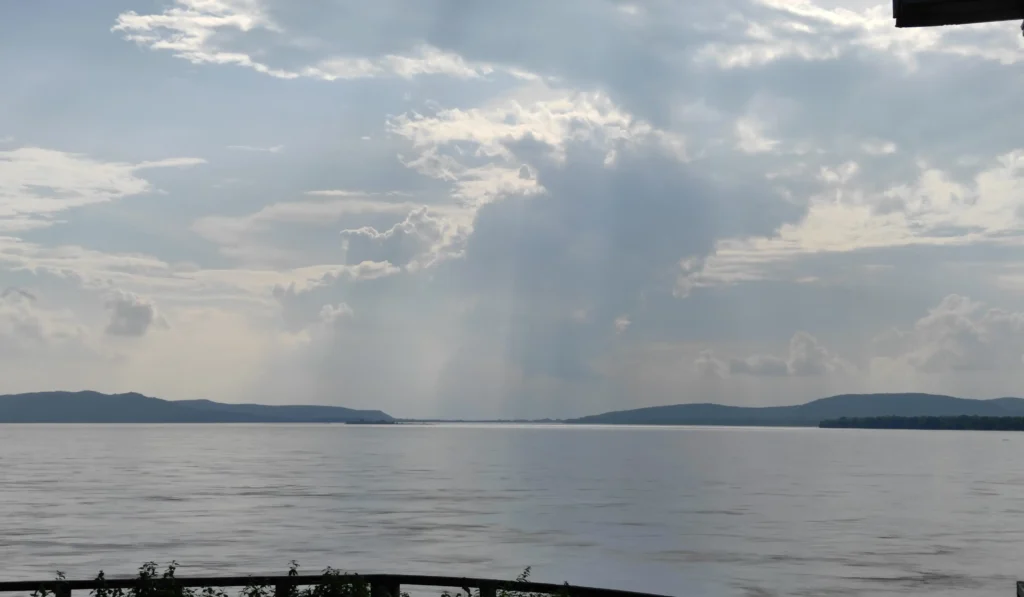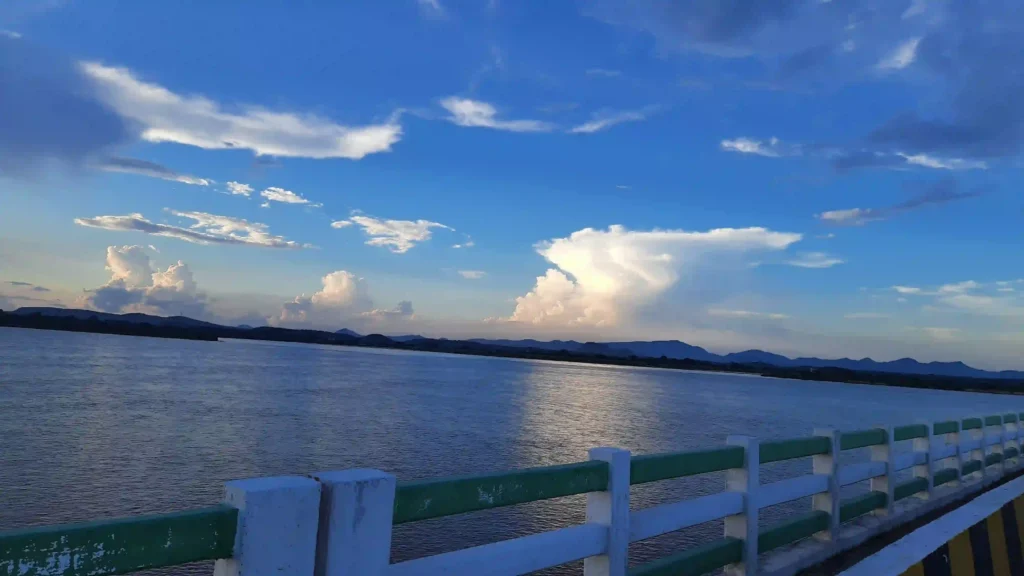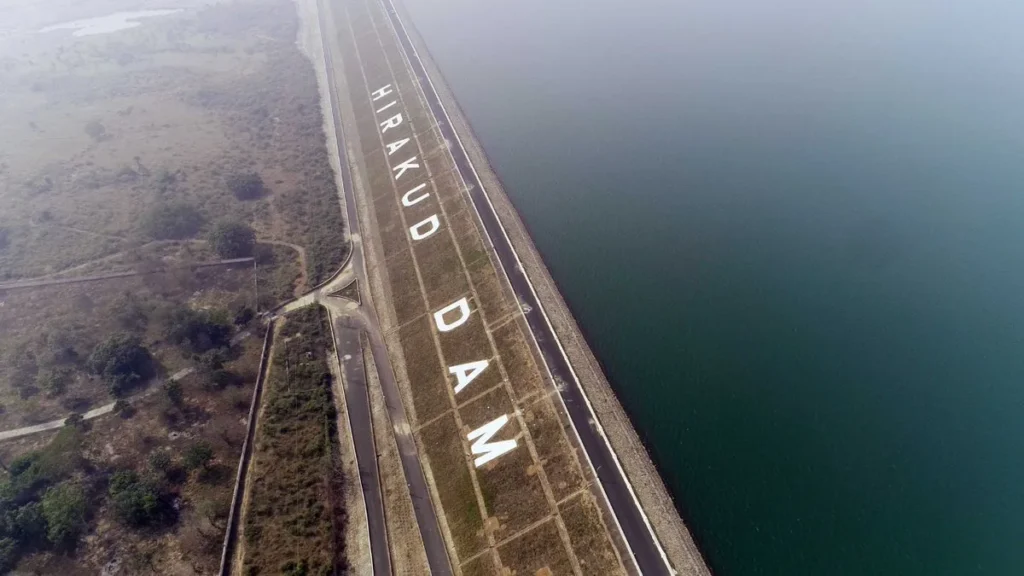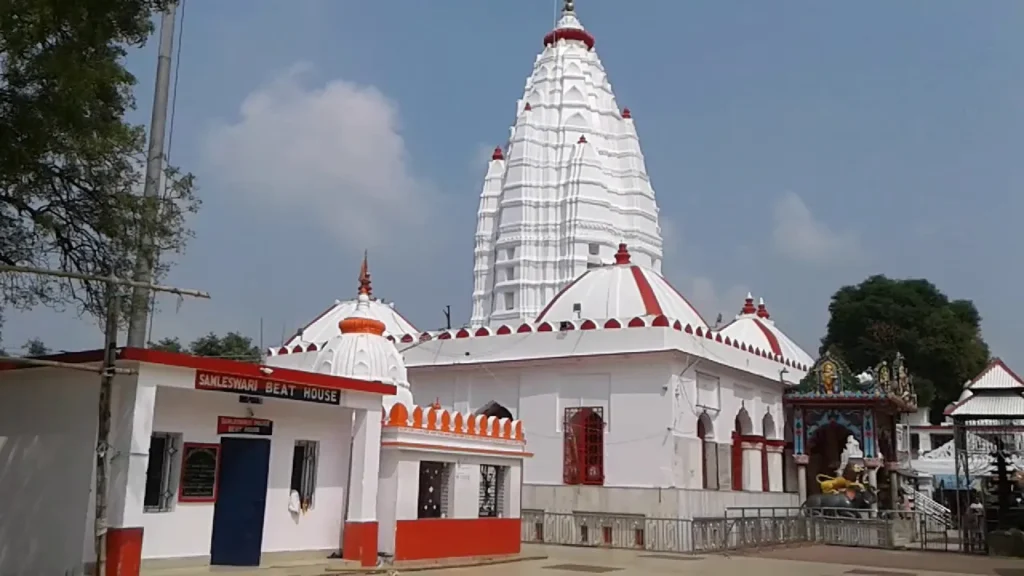
Table of Contents
Introduction – Why the Mahanadi Matters to Odisha
Flowing gracefully through the heart of East-Central India, the Mahanadi River Odisha is more than just a waterway. Stretching nearly 900 km from its origin in Chhattisgarh to its delta in Odisha, it not only shapes landscapes but also nurtures livelihoods and preserves legacies. Moreover, known as the “Great River” (from Sanskrit: maha = great, nadi = river), the Mahanadi carries with it myths of warrior sages, stories of kingdoms, and the pulse of Odisha’s culture.
In this guide, we will journey through its fascinating past, uncover its cultural depth, highlight its ecological significance, and showcase its travel-worthy attractions. Finally, we’ll also answer common questions Indians often ask about the Mahanadi.The Mahanadi in Mythology – Legends Carved in Water
Interestingly, ancient Hindu texts describe the Mahanadi as Nilotpala and Mahasweta. Moreover, legends say that Parashurama, the warrior sage, created the river with a stroke of his axe during his exile. As a result, this association gives the river a divine aura, making it sacred for devotees across Odisha and Chhattisgarh.
Furthermore, poets like Kalidasa referenced the hills and valleys along the Mahanadi in works such as Meghadutam, beautifully tying natural beauty with divine grace. Even today, festivals like Nuakhai (the harvest festival) and Sital Sasthi (marriage of Shiva and Parvati) continue to be celebrated along its banks. Thus, the Mahanadi not only nourishes the land but also reaffirms its timeless place in cultural memory.
The History of the Mahanadi – From Civilizations to Modern Dams
The history of Mahanadi is as vast as its course. To begin with, archaeological findings show that its fertile banks supported ancient trade hubs and agrarian settlements. Furthermore, medieval Odisha saw temples, forts, and cities flourish along its waters.
In contrast, the modern era, however, gave the Mahanadi global recognition with the Hirakud Dam near Sambalpur. Built in 1957, it remains the world’s longest earthen dam (26 km) and Asia’s largest artificial lake. Moreover, not only does it generate power, but it also irrigates over 2.6 lakh hectares of farmland and controls devastating floods.
Ultimately, the river embodies continuity; therefore, bridging Odisha’s ancient heritage with its post-independence progress.
The Geography of Mahanadi – A Scenic Journey on the Map
Source and Course
Path Through Odisha
Mahanadi on the Map
Ecological and Economic Importance – The Pulse of Odisha
The Mahanadi River Odisha is both a giver and a protector. In fact, its contributions touch every aspect of life:
- Agriculture: It irrigates rice, sugarcane, and pulses in Odisha’s fertile plains.
- Hydropower: Moreover, it powers industries through Hirakud and other projects.
- Fisheries: Likewise, it supports livelihoods in its delta and at Chilika Lake.
- Biodiversity: Additionally, it nourishes forests, migratory birds, and aquatic ecosystems.
Top Attractions Along the Mahanadi
Exploring the river is both a cultural and scenic adventure. Indeed, each spot along the Mahanadi offers a unique experience:
- Hirakud Dam, Sambalpur – First, panoramic views, boating, and Asia’s largest artificial lake.
- Samaleswari Temple, Sambalpur – Next, Goddess Samaleswari’s shrine, especially vibrant during Nuakhai.
- Barabati Fort, Cuttack – Additionally, medieval glory along the river’s banks.
- Debrigarh Wildlife Sanctuary – Furthermore, leopards, bison, and migratory birds can be spotted near Hirakud.
- Paradip Port & Beach – Finally, where the Mahanadi meets the Bay of Bengal, blending industry with scenic charm.

Best Time to Visit the Scenic Mahanadi river Site
- October to March – Pleasant winters, ideal for sightseeing and photography.
- February-March (Maha Shivaratri) – Temple towns light up with festivities.
- September (Nuakhai) – Cultural vibrancy in Sambalpur.
- Avoid June–September – Monsoons bring heavy floods, disrupting travel.
How to Reach the scenic site of Mahanadi River?
- By Air: First, Biju Patnaik International Airport (Bhubaneswar) serves Cuttack and the delta areas, while Jharsuguda Airport caters to Hirakud.
- By Train: Similarly, Sambalpur and Cuttack railway stations connect to major cities.
- By Road: Additionally, NH53 and OSRTC buses link Bhubaneswar, Sambalpur, and Paradip.
Practical Tips for Visiting
- Wear comfortable shoes for riverbank walks.
- Carry sunscreen, water, and hats for open areas.
- Hire local guides for insights into history and folklore.
- Respect temple customs and avoid littering.
- Try early morning boat rides at Hirakud for magical sunrises.


Pingback: Heritage Walks in Odisha – Puri Heritage Walk & Significance